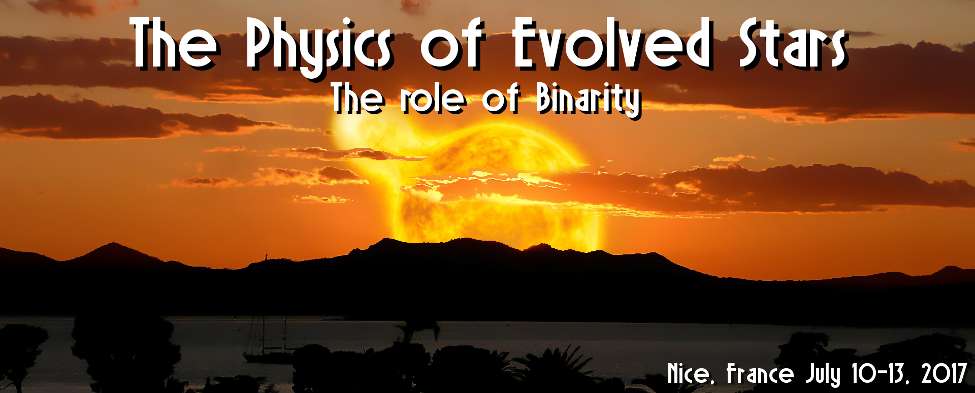Cool, evolved stars are one of the major contributors to the chemical enrichment of the Universe. They significantly supply the interstellar medium (ISM) with heavy chemical elements, molecules, and dust, through the mass-loss provided via their stellar winds. The explanation of the mass-loss scenario of AGB stars has recently improved (e.g., Höfner et al. 2016, Habing & Olofsson 2004), and is understood to involve a combination of pulsation, dust condensation, and radiation pressure on and scattering from the dust grains, providing enough momentum to generate a dust-driven stellar wind with a rate of mass loss ranging from ~10-7 to ~10-5 M_sun/year. However, the details of the mass-loss scenario are still poorly understood, and an effort is strongly needed to better constrain models with observations!
We present the first systematic comparison (Rau et al., 2017) of a larger sample of dusty C-rich Mira, semi-regular, and irregular stars observed with VLTI/MIDI with synthetic photometry, synthetic spectroscopy, and synthetic interferometric visibility profiles derived from a grid of dynamic model atmospheres (DMA, Eriksson et al. 2014), and to radiative transfer code such More of Dusty (MOD, Groenewegen, 2012) to model the circumstellar envelope. Through our multi-techniques observations we have studied these dusty stars atmospheres, where the mass-loss process initiates.
Our results indicate that semi-regular stars have a more compact structure with respect to Mira stars, and that the mass loss is of episodic or multi-periodic nature but causes the modeled visual amplitudes to be notably larger than the observed ones. We show the derived stellar parameters, and compared them with evolutionary tracks (Marigo et al., 2013), placing the stars in H-R diagram. In addition, we present preliminary results on modeling the circumstellar envelope of these dusty stars via radiative transfer (Rau et al., in prep.), and we compare these results with the DMA ones. Finally we discuss how the near advent of worldwide instruments, such as the second generation instruments at VLTI (e.g. MATISSE, GRAVITY), and on board JWST will be essential for further progress in this field.

 PDF version
PDF version
